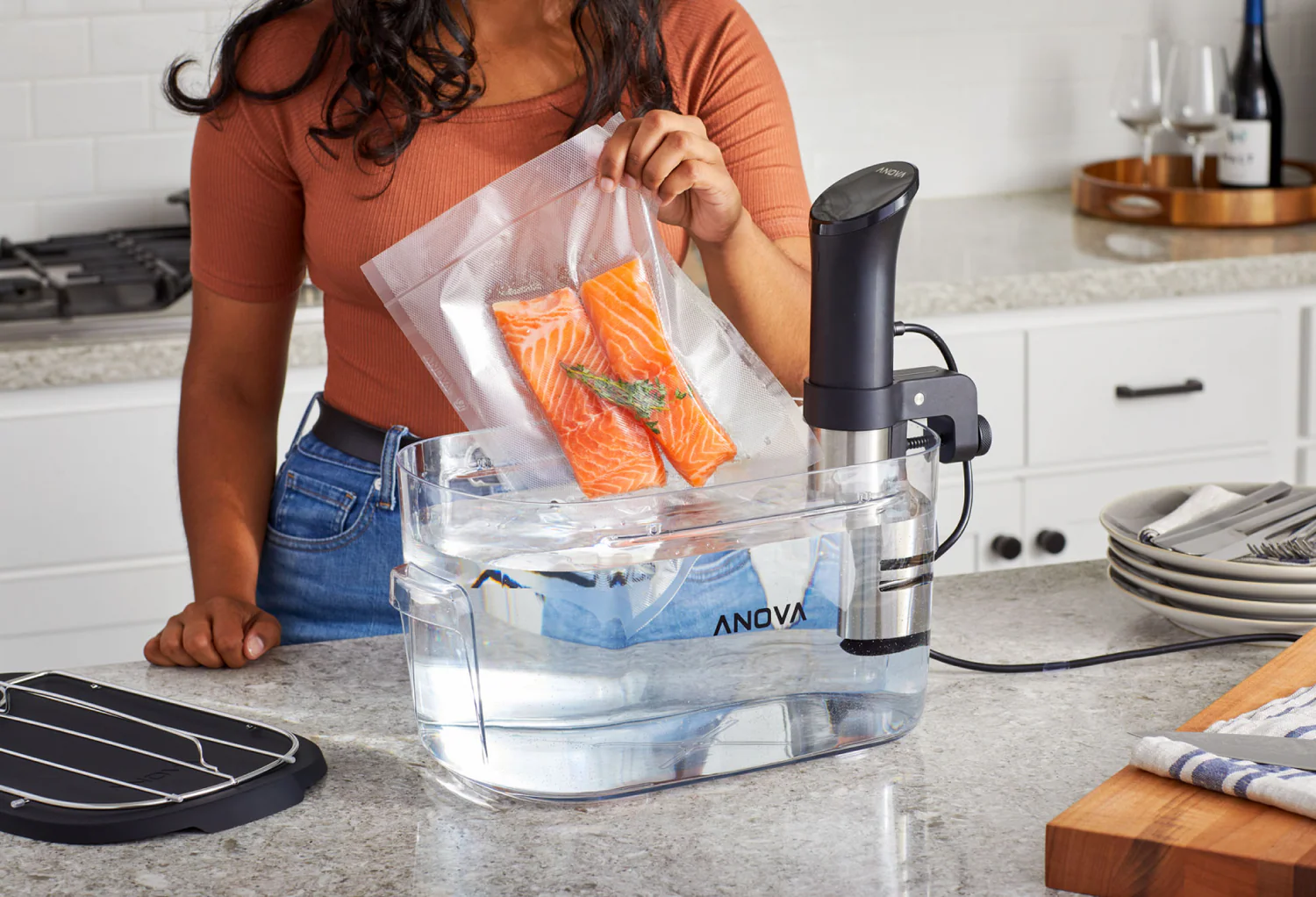how to wash slow juicer | Jiaolong Guide
How to Wash Slow Juicer: Professional Guide for Appliance Experts
Knowing how to wash a slow juicer is essential for professionals handling small kitchen appliances. Cleanliness maintains optimal performance, extends appliance lifespan, and prevents cross-contamination—a common user pain point. This article delivers concise, expert-backed methods for consistent, thorough cleaning.
Importance of Proper Juicer Cleaning
- Performance: Regular cleaning ensures juicers run efficiently and preserves juice quality (Source: NSF International).
- Longevity: Proper washing prevents buildup, minimizing wear and tear.
- Safety: Reduces bacteria and mold growth, enhancing user health.
- Compliance: Meets industry sanitary standards (e.g., NSF/ANSI 8 Food Equipment Standards).
Step-by-Step: How to Wash a Slow Juicer
Preparation
- Unplug Appliance: Always disconnect from power for safety.
- Disassemble Properly: Remove hopper, auger, strainer, and juice container according to manufacturer’s instructions.
Cleaning Process
- Rinse Components Immediately: Prevents pulp from drying and hardening. Use warm running water.
- Brush Mesh Parts: Employ soft-bristled cleaning brushes for strainers and augers (reference: Equipment Cleaning Guidelines, FDA).
- Soak Stubborn Residues: Use a mild, food-safe detergent; avoid harsh chemicals to protect plastic and silicone seals.
- Inspect Rubber Seals: Manually clean seals and gaskets to maintain functions and prevent leaks.
- Clean Main Body: Wipe the motor base with a damp, non-abrasive cloth; do not submerge.
Drying and Reassembly
- Air Dry Thoroughly: Ensures all parts are moisture-free to avoid mold.
- Reassemble as Directed: Confirm all parts are dry and securely attached before next use.
Professional Maintenance Tips
- Establish Cleaning Schedules: After each use for commercial settings, or daily for high-frequency environments.
- Monthly Deep Cleaning: Disassemble and soak in diluted vinegar solution for mineral deposit removal.
- Regular Inspection: Check for cracks, discoloration, or wear.
- Replacement of Worn Parts: Order and fit manufacturer-approved components only.
Troubleshooting Common Pain Points
- Persistent Stains: Use a paste of baking soda and water; gently scrub stained parts.
- Odor Control: Rinse with lemon juice to neutralize residual odors.
- Clogged Mesh: Soak mesh in warm water with enzyme cleaner (per EPA household cleaning guidance).
Industry References
- NSF International: Food Equipment Sanitation Standards
- FDA: Cleaning and Sanitizing Food Contact Surfaces
- EPA: Safe Cleaning Practices for Food Equipment
For appliance professionals, adhering to these cleaning standards for slow juicers ensures not only equipment longevity but also sustained customer satisfaction.

Mastering Mastication: Your Complete Guide to the 'Juicer Machine Slow' Revolution

How to Partner with a Slow Juicer Manufacturer for OEM/ODM Success

How to Choose the Best Milk Frother for Oat Milk in 2026

Energy-Efficient Commercial Sous Vide: Reducing Costs While Enhancing Output

Sous Vide for Central Kitchens: Ensuring Food Safety and Shelf-Life Extension
Service
Is there a charge for installation service?
We provide free installation and commissioning services.
How do I contact technical support?
You can contact the technical support team through our official website, service hotline, email or online customer service.
How should I perform regular maintenance of the equipment?
We provide regular maintenance services and can also provide you with specific maintenance suggestions and guidance.
OEM & ODM
Do you provide after-sales service and technical support?
Yes, we provide after-sales service and technical support for all OEM and ODM products. We have a professional customer service team that can answer any questions encountered during use. If there is a quality problem with the product, we will return or repair it according to the warranty policy.
What is the warranty and return policy for OEM/ODM?
All OEM and ODM products have a warranty period of at least one year. During the warranty period, if there is a product quality problem, we will provide return or repair services according to the specific situation. In addition, if the product is damaged during transportation, we will assist in handling related compensation matters.

Jiaolong's L601 Slow Juicer: The perfect choice for slow juicer manufacturers, suppliers, and wholesalers. High-quality, efficient extraction. Contact us for wholesale inquiries.

Jiaolong's L605A Slow Juicer: A high-quality slow juicer for OEM, manufacturing, and supply needs. Contact us today to explore our slow juicer manufacturing capabilities and become a valued partner.

Jiaolong's L606A slow juicer: The ultimate slow juicer for wholesale, manufactured and supplied by a leading slow juicer supplier. Experience superior juice extraction and quality. Contact us for bulk orders.

Jiaolong's Sous Vide SV220: A premium Sous Vide ODM solution. Reliable and efficient, the SV220 is the perfect choice for your next project. Partner with a leading sous vide supplier. Contact us today!
Contact Us for Customized Kitchen Appliance Solutions
Have any questions or cooperation needs? We are here to help you at any time!
Please contact us through the following methods, we look forward to working with you to create a better kitchen life experience!
© 2025 JIAOLONG All Rights Reserved. Privacy Policy | Terms and Conditions | Sitemap
